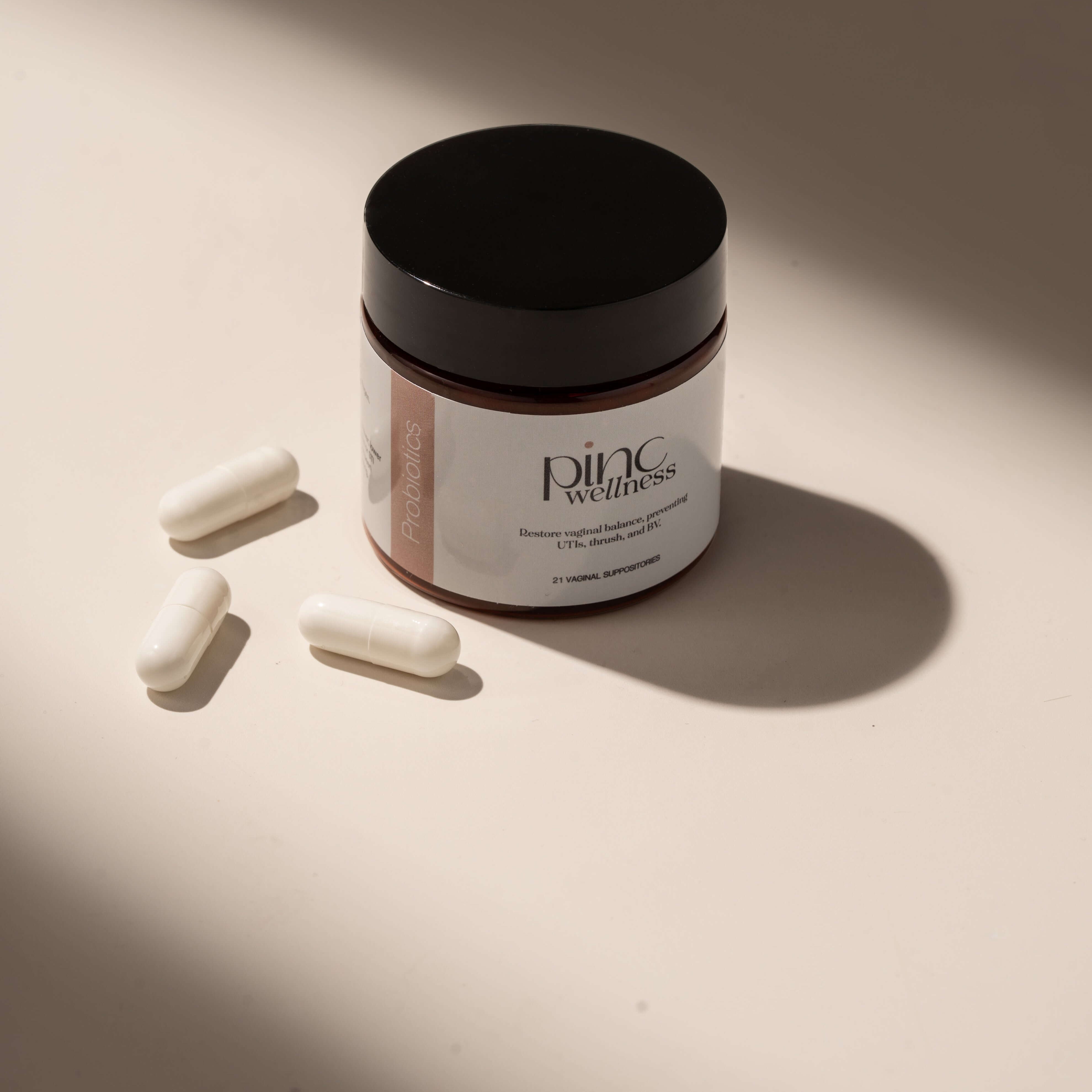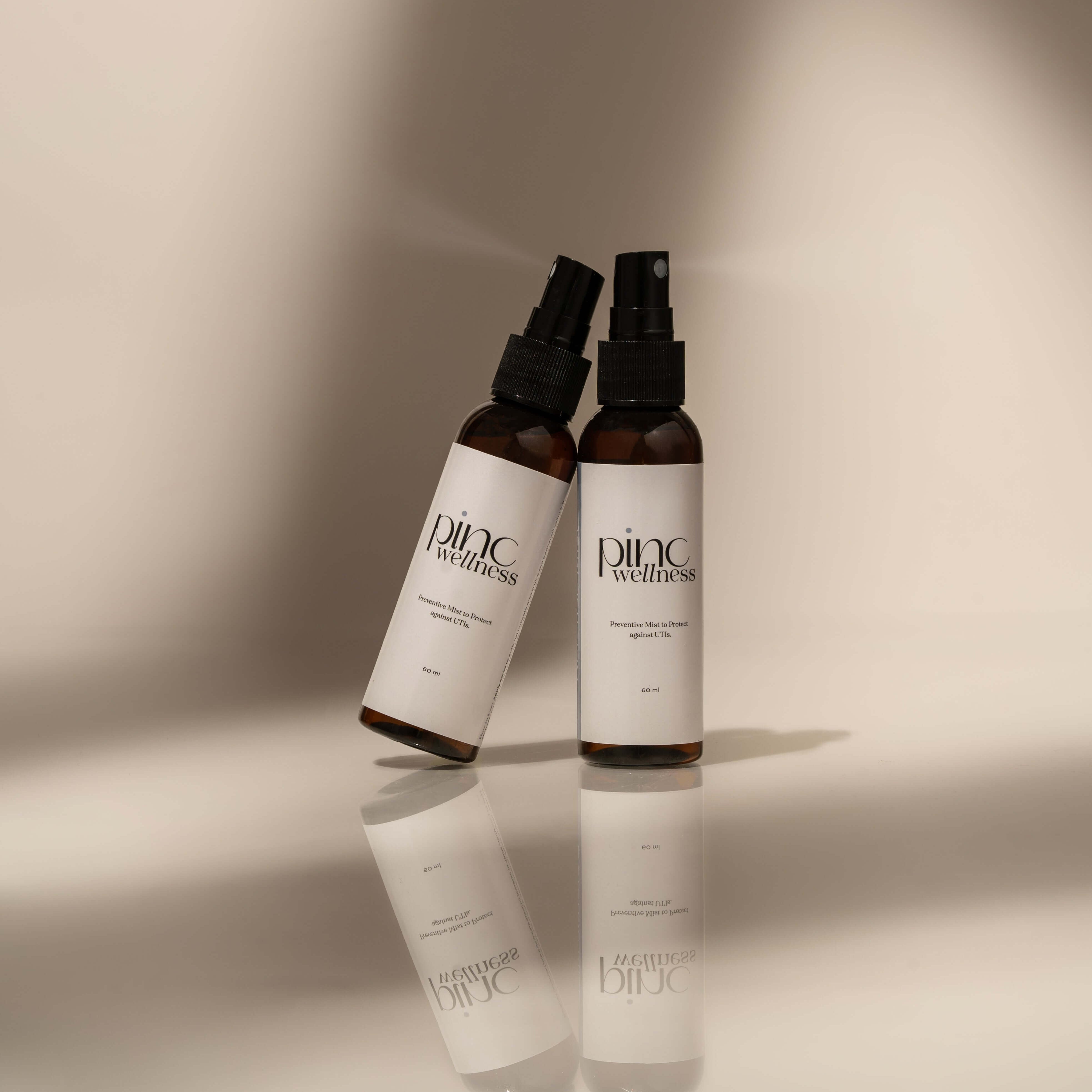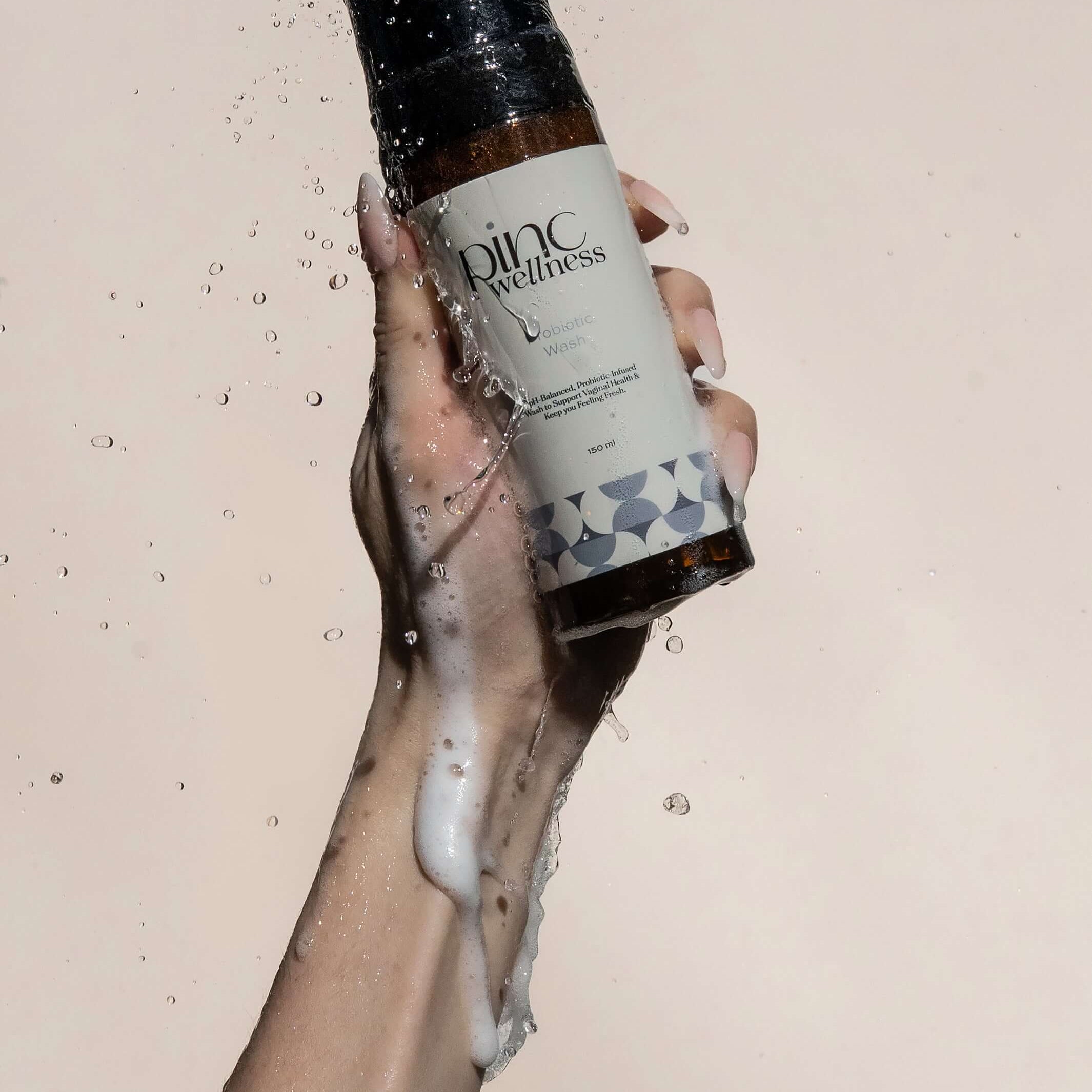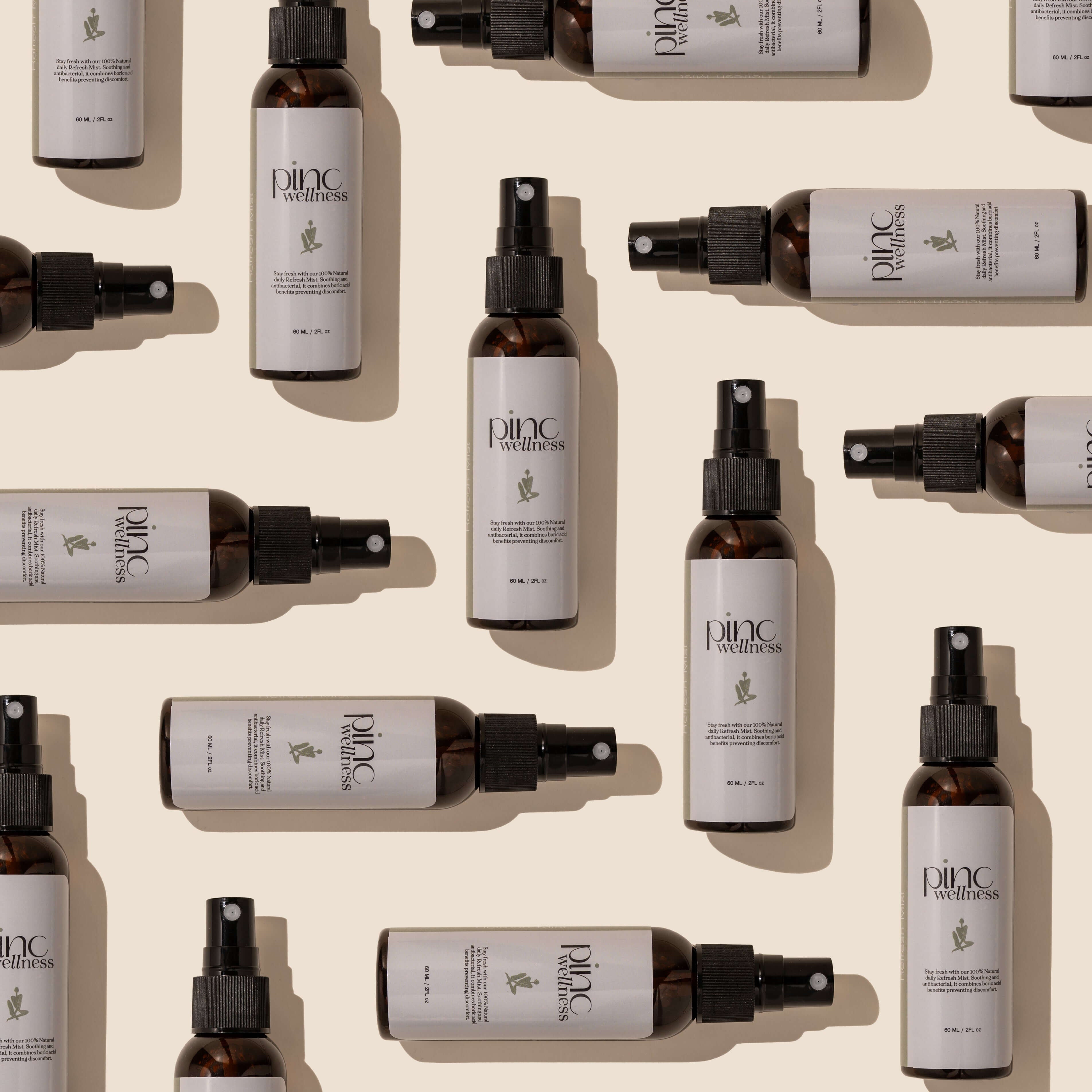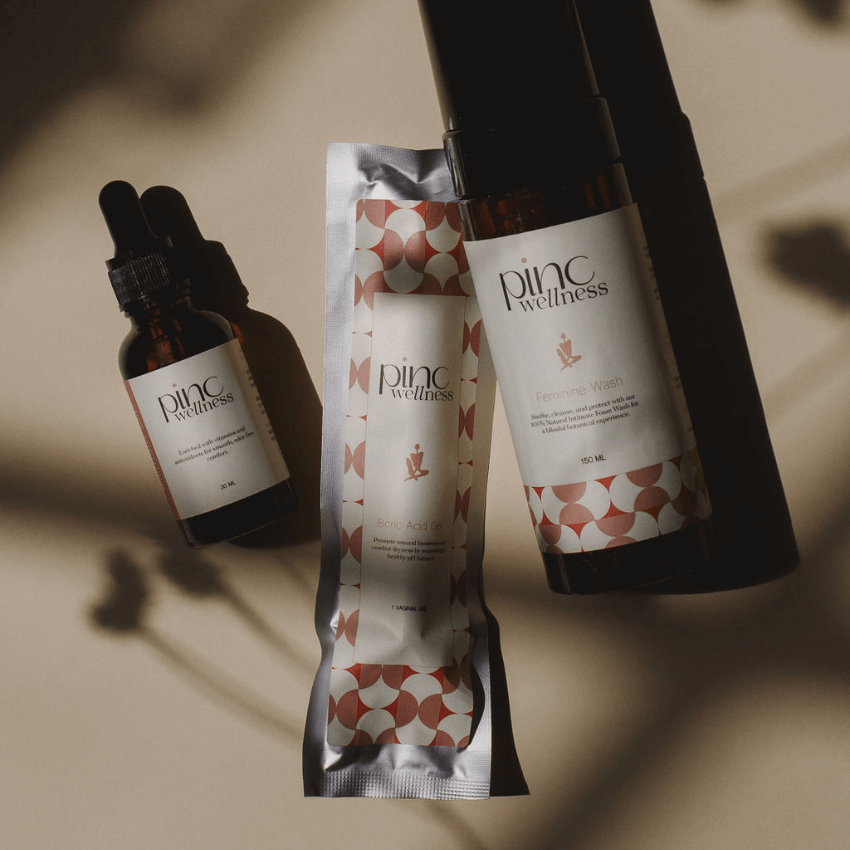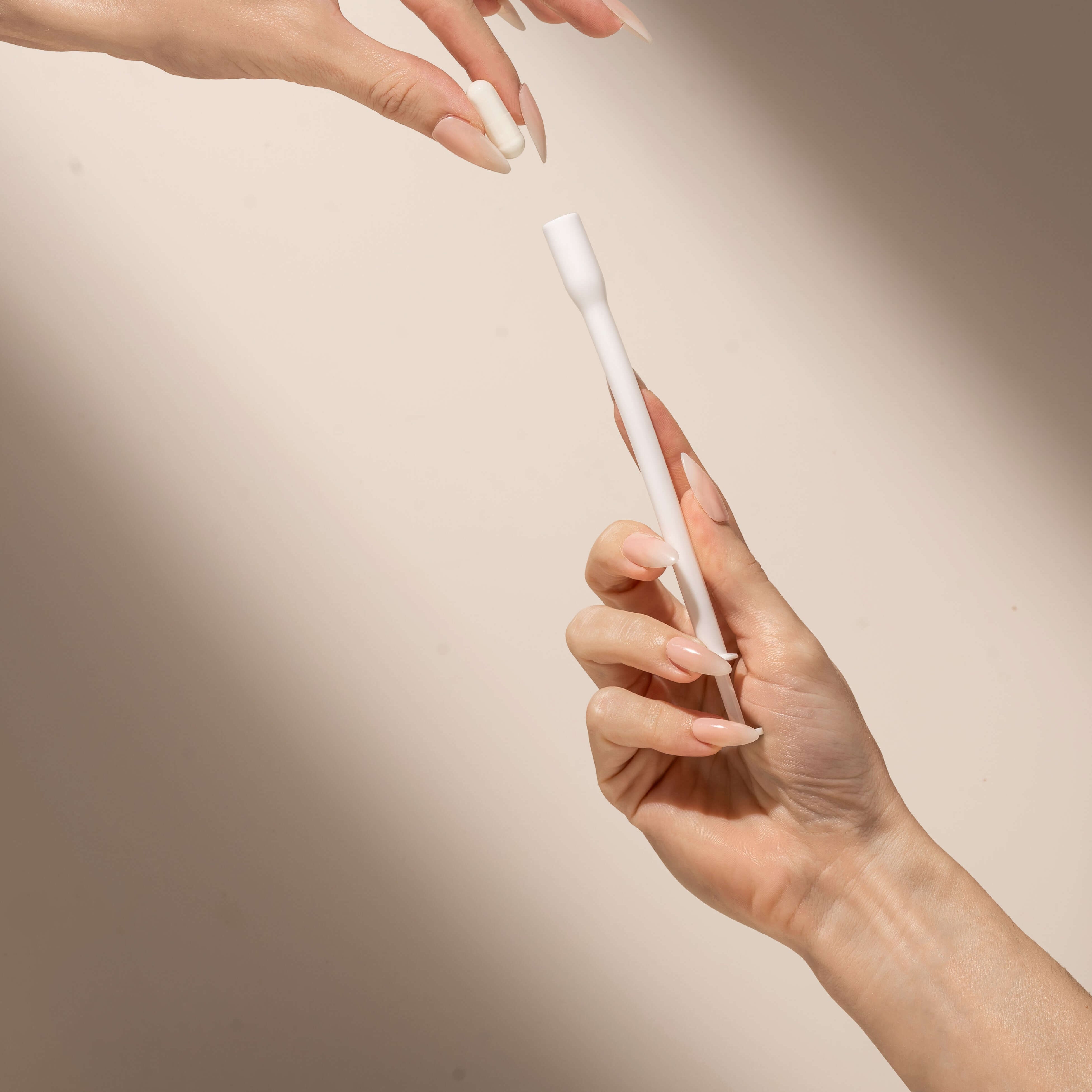Boric Acid for Yeast Infection: Does It Really Work?
Sometimes boric acid actually performs better than first-line treatment, like an antifungal for yeast infections, particularly when an atypical Candida species is at play.
For example, the CDC guidelines recommend 600 mg of boric acid in a gelatin capsule administered vaginally once daily for 3 weeks for recurrent non-albicans vulvovaginal candidiasis.
Speaking of atypical Candida strains, a 2007 study of yeast infections in diabetic patients found boric acid suppositories solved 63.6% of Candida glabrata infections (a less common vaginal yeast species that can be resistant to OTC treatment, whereas Candida albicans causes most vaginal yeast infections).
By comparison, in the same study, fluconazole, which is commonly prescribed to treat yeast infections, only resolved 28.6% of infections. Some research suggests antifungal resistance is a growing problem when treating yeast infections.
If your yeast infections refuse to disappear or bounce back all the time, it may be worth talking to your doctor about vaginal boric acid.
A 2018 review of multiple studies that looked at the use of boric acid, vaginally, specifically recommends boric acid treatment for antifungal resistant yeast infections. We’ll be keeping an eye on the FDA and CDC guidelines to see how they evolve based on this emerging research!
Is it safe to put boric acid in your vagina?
Boric acid suppositories designed for vaginal use are generally considered safe in the short term when used as prescribed or under medical guidance. While some concerns may arise due to boric acid's association with borax, a compound found in household cleaning products and pesticides, it's essential to note that boric acid and borax are distinct substances.
Despite sharing a common compound, boric acid suppositories are specifically formulated for vaginal insertion and should never be ingested orally. The potential dangers arise when boric acid is consumed in "extreme amounts," with toxicity occurring at 15-20 grams for adults and 5 grams for infants.
It's crucial to emphasize that the recommended dosage of boric acid vaginal suppositories is typically 600 milligrams, and they are considered safe when used as directed – inserted into the vagina, not taken orally. To put it in perspective, an adult would need to ingest an impractical 25 vaginal capsules simultaneously to reach toxic levels
What about the side effects of boric acid
Vaginal boric acid first-timers can feel anxious about the potential side effects. But a 2011 review in the Journal of Women’s Health found that only 10% of participants, across multiple studies, reported boric acid side effects, from vaginal use.
A similar, but more recent review (2021) backed up these findings, concluding that (vaginally inserted) boric acid treatment was safe for most people.
The review also pointed out that there was barely any (if at all) absorption of boric acid into the bloodstream, over two weeks of using it vaginally.
Side effects are rare and minor, but they can include:
Boric acid should never be taken orally as it’s toxic when ingested. So keep it far out of reach of children and pets.




